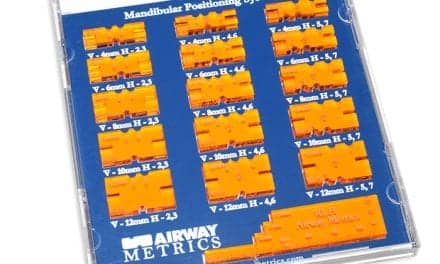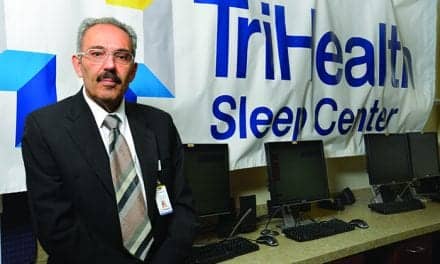When the results of the SAVE study were announced in August, the media headlines felt like déjà vu, as the overgeneralizations that were propagated were reminiscent of some of the too-broad conclusions drawn from the SERVE-HF results in 2015. Both sleep research studies found surprising outcomes with clinical implications that are indeed worthy of consumer press coverage. But I urge the sleep medicine community to go beyond the headlines and understand these studies’—and indeed all large studies’—nuanced conclusions, and, as importantly, their limitations. Sleep professionals must also use their understanding to communicate the nuances to patients.
In journalism school, I remember professors telling print media students to ensure we do our jobs correctly, because our TV media counterparts would only be covering the most basic information in their reports, perhaps what a newspaper would cover in the first paragraph of an in-depth article. And, according to the Pew Research Center, average story length on local TV news has only gotten shorter. In its analysis of local news content from 1998 to 2002, Pew Research Center found that 31% of stories were more than a minute long and 42% were under 30 seconds. In 2012, only 20% of the local television stories exceeded a minute while 50% lasted less than 30 seconds. So when your patients arrive saying, “I heard that CPAP doesn’t work” or “I stopped using my ASV because of what I saw on the news,” it may be a reasonable conclusion for them to draw based on consumer news reports, but it is up to you to understand and explain how much of that research study applies to any given patient.

Sree Roy
[email protected]
For example, the SAVE (Sleep Apnea Cardiovascular Endpoints) trial found that patients mostly outside of the United States who had existing cardiovascular disease (coronary artery disease or cerebrovascular disease) and used CPAP for a mean of 3.3 hours a night did not receive cardiovascular benefits from CPAP use. There are limitations to the study, which its authors acknowledge, including that the study cannot speak to whether using CPAP all night, every night would have shown cardiovascular benefits. The too-broad conclusion I’ve heard from many outlets that “CPAP has no cardiovascular benefits” is inaccurate and even irresponsible. At Updates in Sleep Medicine 2016, panelist Phyllis C. Zee, MD, PhD, says that for patients who ask about SAVE, she typically responds, “The SAVE study didn’t show that CPAP didn’t work. It only showed that if you use it 3.3 hours or less, it won’t help cardiovascular outcomes.” Zee adds that using CPAP for longer, such as for 8 hours a night, would perhaps get patients a better result than that in the trial, and as such encourages patients to continue using, and indeed increase usage, of their therapy. (Visit www.sleepreviewmag.com in January for article “SOS: SAVE Our Ship” by Ed Michaelson, MD, for additional discussion of the study’s nuances.)
In the case of SERVE-HF (Adaptive Servo-Ventilation for Central Sleep Apnea in Systolic Heart Failure), the study and the field notices issued by ASV manufacturers were specific as to the patient groups affected by the study results. But in a feature report published online, Sleep Review found that “other patients—those not in an identified at-risk group—may have been put in jeopardy by losing access to their ASV devices as a result of broad corrective action.”
We can’t count on news media to keep patients informed. It’s up to sleep medicine professionals to stay attuned to research news, read the complete published papers, and explain the nuances to sleep disorder patients.
Sree Roy is editor of Sleep Review.





